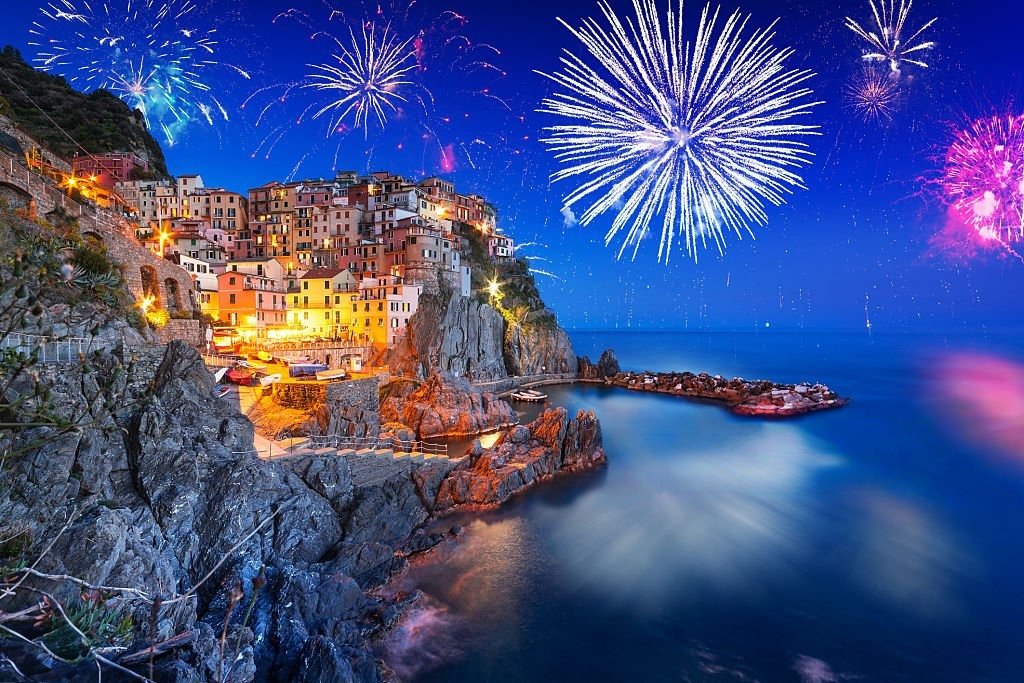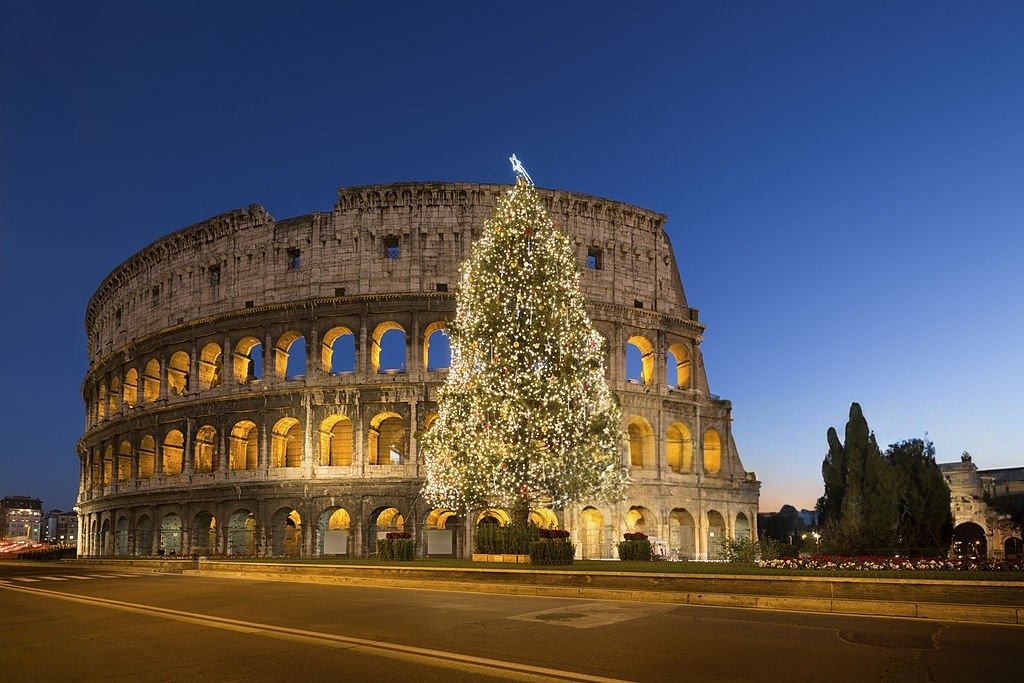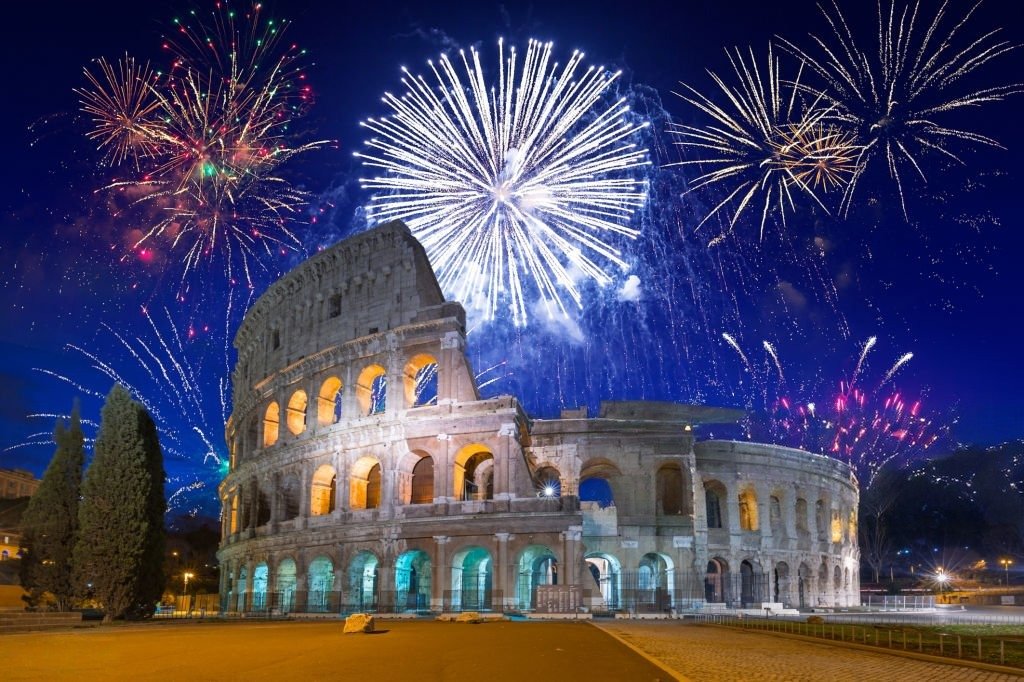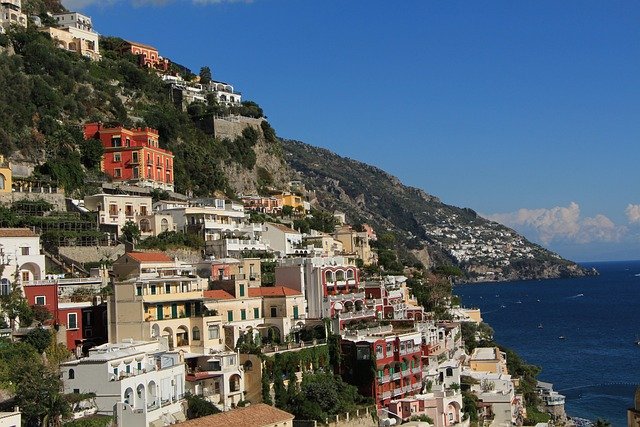My first steps into Florence’s wintery streets were like stepping into a storybook come alive. It was a festive scene as golden lights danced across stone facades, panettone and vin brulè filled the air, and laughter rang from bustling holiday markets. I began to understand why holiday traditions in Italy are so unique—especially around Christmas.
Italians don’t just celebrate; they savor every moment. From Christmas Eve feasts to January’s Epiphany parades, every tradition reflects history and heart. Whether you’re planning a seasonal trip or simply fascinated by Italy’s cultural customs, this guide will help you explore the country’s holiday traditions—through food, festivals, faith, and local charm.
What is The Holiday Tradition in Italy?
Holiday traditions in Italy are rooted in faith, family, and cultural traditions passed down through generations. Whether celebrating Natale and La Befana or enjoying vibrant local festivals and symbolic foods like panettone and lenticchie, Italians cherish every moment.
With these traditions, Italians celebrate togetherness and regional identity, making their holidays uniquely meaningful.
What is The Italian Holiday Called?
In Italian, holidays are usually referred to as festas (feasts) or giorno festivos (public holidays). These holidays can be national, religious, or regional, and each type carries unique cultural meaning.
For example, Natale is a celebration of Christmas, while Pasqua is a celebration of Easter. A famous summer holiday is Ferragosto (Assumption Day, August 15), when many Italians go to the beach and have family get-togethers.
What Makes Holiday Traditions in Italy So Special?
Italy’s holiday traditions go beyond seasonality; they are soulful. From sacred rituals to slow meals, every moment is infused with connection and heritage. The following are some of the reasons why these traditions stand out:
A Deep Connection to Family and Faith
Families and communities gather around the dinner table or in church pews to celebrate, often around the dinner table or even in the pews. Seasonal rhythms will touch your heart in ways both spiritual and simple.
Symbolic Dishes That Tell a Story
From zampone (stuffed pig’s trotter) to lenticchie (lentils symbolizing coins and prosperity), these aren’t just meals—they’re culinary traditions shaped by region and meaning.
Regional Identity in Full Color
Every region—and often every town—has its way of expressing Natale and the New Year. You may stumble upon a presepe vivente (live nativity) in Umbria or spot villagers dressed in medieval robes for an Epiphany procession in Tuscany.
Traditions With Heart, Not Haste
While many parts of the world rush through Christmas, Italians linger. There is no point in buying or rushing—it’s all about pausing. From La Vigilia on December 24 to La Befana’s arrival on January 6, each day is infused with emotion, memory, and warmth.
These timeless customs set the stage for Italy’s national celebrations—each date steeped in meaning and local flavor. Want to know about what are some holiday traditions in Italy for Christmas, Easter, and beyond? Let’s explore the full calendar of festivities in the next section.
Italian Public Holidays & National Celebrations
The Italian public holidays are a vibrant combination of religious reverence, national pride, and age-old customs. During these celebrations, markets may close, parades fill the streets, and restaurants offer festive menus that reflect a deep-rooted holiday tradition in Italy.
To fully experience Italian culture, knowing “how many public holidays Italy has” is important to align plans with these events. However, officially, the answer is 12, each rich with cultural and religious significance.
Below, you’ll find a full guide to the official public holidays in Italy, followed by local patron saint celebrations and seasonal customs that make Italy’s calendar of traditions so rich and colorful.
| Date | Holiday Name | Type | Travel Tip or Cultural Insight |
| Jan 1 | New Year’s Day | National Holiday | Expect closures and firework shows in Rome and Venice |
| Jan 6 | Epiphany / La Befana | Religious & National Holiday | Streets fill with La Befana parades |
| Mar/Apr (varies) | Easter Sunday (Pasqua) | Religious National Holiday | Traditional meals, church services and processions |
| Day after Pasqua | Easter Monday (Pasquetta) | National Holiday | Italians picnic in parks or the countryside; many shops and museums close. |
| Apr 25 | Liberation Day (25 April, Italy holiday) | National Holiday | Military parades and museums may offer free entry |
| May 1 | Labour Day | National Holiday | Limited public transport; popular day for rallies |
| Jun 2 | Republic Day | National Holiday | Rome hosts military parades and air shows |
| Aug 15 | Ferragosto / Assumption of Mary | National & Cultural Holiday | Entire towns shut down for beach trips and feasts |
| Nov 1 | All Saints’ Day | Religious National Holiday | Cemetery visits and quiet rituals |
| Dec 8 | Feast of the Immaculate Conception | Religious National Holiday | Christmas lights switched on in many cities |
| Dec 25 | Christmas Day (Natale) | Religious & National Holiday | Everything closes; families gather for lavish feasts |
| Dec 26 | St. Stephen’s Day | National Holiday | Continuation of Christmas celebrations |
1 – January 1 – Capodanno (New Year’s Day)

Italy greets the new year with joy, fireworks, and symbolic food. Many families eat lenticchie (lentils) and zampone (stuffed pig’s trotter)—traditional holiday foods believed to bring wealth.
Cities like Naples and Florence light up with midnight fireworks, while locals toast with prosecco and chant “Buon Anno!” In Southern Italy, you might see the old tradition of tossing belongings out of windows, symbolizing renewal.
2 – January 6 – Epiphany & La Befana
What do Italians celebrate on January 6th? It’s the Epiphany, marking the arrival of the Three Wise Men—and the official end of the Christmas season in Italy. Children hang stockings for La Befana, the broomstick-riding “good witch” who leaves sweets for the good and coal for the naughty.
Cities like Rome and Urbania celebrate with lively markets and parades, blending sacred ritual with whimsical folklore.
3 – Varies (March/April) – Easter Sunday (Pasqua)
Easter Sunday is one of Italy’s most sacred holidays, marked by church services, traditional lamb feasts, artichokes, and dove-shaped colomba cake. Cities hold religious processions, and villages often stage Passion plays reenacting Christ’s sacrifice.
4 – The Monday After Easter Sunday—Easter Monday (Pasquetta)
Pasquetta is a joyful national holiday where Italians escape outdoors. Families gather for picnics in parks or the countryside, feasting on grilled meats and Easter leftovers, welcoming spring with laughter and fresh air.
5 – April 25 – Festa della Liberazione (Liberation Day)
Italy honors the end of Nazi occupation and fascism with heartfelt patriotism. You’ll see wreath-laying ceremonies, flag displays, and military parades, especially in Rome and Bologna, cities central to WWII resistance. It’s a solemn but unifying national day.
6 – May 1 – Festa dei Lavoratori (Labour Day)
This day celebrates workers’ rights across Italy. Political rallies are common in cities, but many families also enjoy picnics or attend open-air concerts. It’s a modern civic holiday blending tradition with contemporary values.
7 – June 2 – Festa della Repubblica (Republic Day)
Commemorating Italy’s 1946 transformation into a republic, this holiday centers in Rome, with military parades at the Altare della Patria, air force flyovers, and patriotic speeches. It’s a proud day to witness Italy’s national spirit in full display.
8 – August 15 – Ferragosto
One of Italy’s most important summer holidays, Ferragosto marks the Assumption of Mary and the ancient Roman festival of Feriae Augusti. Beaches, mountains, and piazzas come alive with festivals, fireworks, and feasting.
Traditional dishes include roasted pork, seafood spreads, and chilled melons. Towns like Siena and Amalfi host religious processions and summer events.
9 – November 1 – Ognissanti (All Saints’ Day)
It is a solemn holiday celebrated by families who visit cemeteries, light candles, and leave flowers in memory of their departed loved ones. During the Christmas season in Sicily, children receive sweets and small gifts from ancestral spirits. This is a day of contemplation filled with warmth and remembrance.
10 – December 8 – Immacolata Concezione (Feast of the Immaculate Conception)
This day kicks off Christmas holiday traditions in Italy. Nativity scenes are set up, festive decorations go up, and cities like Milan and Turin switch on dazzling light displays. Choirs may sing Marian hymns in cathedrals, marking the true start of the winter season.
11 – December 25 – Natale (Christmas Day)
Already detailed earlier in the blog, Christmas Day in Italy is sacred and joyous. Families enjoy multi-course meals featuring panettone, torrone, pasta al forno, and aromatic roasts. Streets are quiet, homes are full, and churches glow with candlelight.
If you’re ever wondering what Santa is called in Italy, it’s Babbo Natale, who brings gifts on the night of December 24th.
12 – December 26 – Santo Stefano (St. Stephen’s Day)
Often seen as “Christmas Part Two,” families continue feasting, attend Mass, and stroll through decorated towns. The museums and some shops reopen, so it’s the perfect day for relaxed exploration.
Local Patron Saint Festivals
Italians celebrate their patron saints beyond national holidays with parades, music, and traditional foods—some of the most authentic cultural experiences for travelers.
- Rome: Feast of Saints Peter and Paul (June 29)
- Milan: Feast of Sant’Ambrogio (December 7)
- Naples: Feast of San Gennaro (September 19), with blood relic rituals
- Venice: Festa del Redentore (3rd Sunday of July), with floating processions and fireworks
- Florence: Feast of San Giovanni (June 24), celebrated with fireworks and medieval games
A trip to Italy around one of these festivals will provide insights into deeply personal expressions of faith, joy, and identity.
Regional Highlights: Italian Holidays and Traditions by Region
From north to south, Italy’s holiday spirit shifts beautifully, shaped by geography, history, and local devotion. Although national customs bind the country together, there is a rhythm, flavor, and festive magic that each region brings to the table.

From snow-dusted villages in the north to sunny seaside towns in the south, here’s how festive traditions change by region.
Northern Italy: Bolzano’s Mercatini di Natale with vin brulé and zelten; Alpine villages with zampognari; Milan’s Oh Bej! fair.
Central Italy: Florence’s Scoppio del Carro (Easter exploding cart), midnight Mass in Rome, Piazza Navona’s Befana market, and Tuscan Epiphany celebrations.
Southern Italy & Islands: Naples’ Via San Gregorio Armeno nativity artisan street, Sicilian patron‑saint processions, seafood feasts, and regional sweets.
Sensory Journey: Traditional Holiday Foods in Italy
What is a traditional holiday food in Italy? It varies by region, but the experience is always rich and flavorful. You’ll taste:
- Lentils simmering on New Year’s Eve
- Crispy struffoli drizzled with honey
- Roasting chestnuts at Christmas markets
- Holiday desserts like panettone, pandoro, torrone, and roccocò biscuits
- Regional specialties such as pastiera and capitone in Naples, olive oil blessings in Tuscany, and zelten fruitcake in the Dolomites
Every bite tells a story of heritage and celebration.
Recommended Video
Conclusion
When you visit Italy during the holidays, you’re sure to experience something truly unforgettable. Holiday traditions in Italy go much deeper than just events—they’re stories, flavors, twinkling lights, and shared laughter that are passed down through generations.
Lastly, if you’re looking for more Italy travel tips, personal stories, and hidden gems, check out Wander Secret. From traveler reviews to cultural events in Italy, this website makes it easy to explore the country like a local.
Frequently Asked Questions
What do children do at Christmas in Italy?
Children help decorate homes and nativity scenes, sing traditional carols, and eagerly await gifts from Babbo Natale or La Befana. As well as enjoying festive treats, they also attend family gatherings that are filled with warmth and joy.
What are some traditional holidays in Italy?
Traditional Italian holidays include Natale (Christmas), Pasqua (Easter), Ferragosto (Assumption Day), and Epiphany. Each festival features unique customs, such as religious processions, family feasts, and vibrant local festivals, reflecting Italy’s cultural heritage.
What are some special celebrations in Italy?
Italy hosts vibrant celebrations like Venice’s Festa del Redentore, Naples’ San Gennaro festival, Rome’s Feast of Saints Peter and Paul, and Florence’s San Giovanni, all filled with parades, fireworks, and traditional foods.
What are the main holidays in Italy?
The main Italian holidays include Natale (Christmas), Pasqua (Easter), Festa della Repubblica (Republic Day), Ferragosto (Assumption Day), and Liberation Day, each marked by unique ceremonies, food, and family traditions.
What is an important holiday that is celebrated in Italy?
Ferragosto on August 15th is a key Italian holiday, blending the religious celebration of the Assumption of Mary with ancient Roman summer festivals, featuring beach outings, feasts, and local events across the country.




